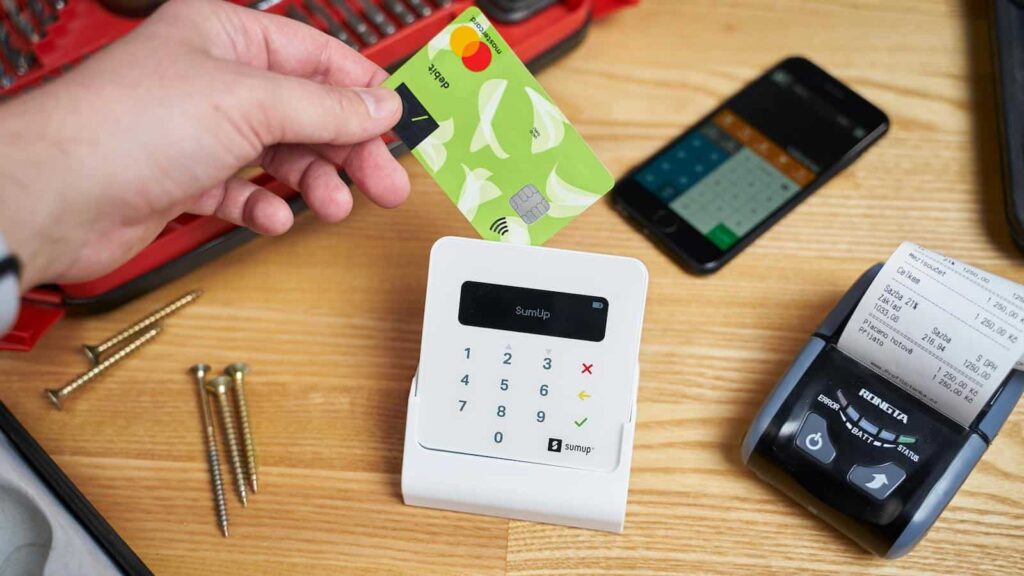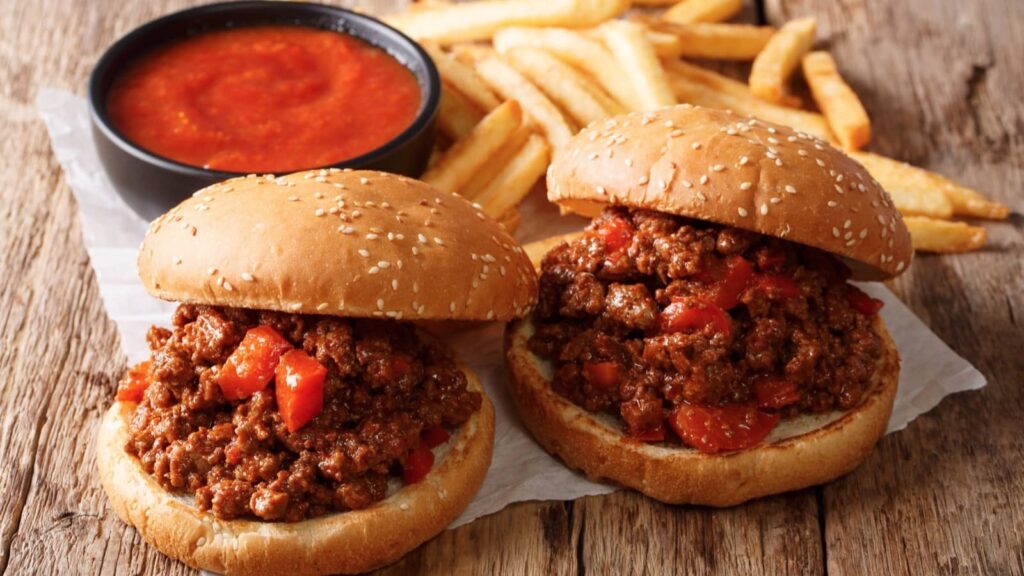10 Things Americans Do In Restaurants That Confuse Europeans
10 Things Americans Do In Restaurants That Confuse Europeans

When Americans visit European restaurants, there are a few habits that might leave locals scratching their heads. The differences between dining cultures can lead to some funny and sometimes awkward situations.
From how we order to how we eat, Americans have a style all their own. Here are ten common American restaurant behaviors that often confuse our European friends.
1. Not waiting for the bill to be brought to the table

In many European countries, diners wait for the server to bring the bill to the table at the end of the meal. This signals that the restaurant is respecting the leisurely pace of the meal. However, Americans are used to asking for the bill when they’re ready to go, which can seem impatient or rude in Europe.
This difference is simply about expectations: Americans tend to schedule their dining around other plans, whereas, in Europe, the meal might be the highlight or main event of the evening.
2. Asking for ketchup in European fine dining

Ketchup is a staple condiment in many American homes and diners, often used to add flavor to everything from fries to burgers. However, in European fine dining settings, asking for ketchup can be seen as an insult to the chef’s preparation and seasoning of the food.
European cuisine prides itself on its natural flavors and carefully crafted dishes, so when an American asks for ketchup, it might suggest that the food needs extra flavoring, which can be puzzling or even offensive to the chef.
3. Splitting the bill down to the cent

The practice of meticulously dividing the bill among diners is common in the U.S., where everyone pays exactly for what they ordered. In many parts of Europe, this is less common; the bill is often simply split evenly among the table, or one person might treat the group and be treated another time.
The American way of splitting the bill can come off as unnecessarily precise or overly concerned with fairness to a point that disrupts the communal nature of dining out.
4. Asking for ice in drinks

Americans love their beverages ice-cold, and it’s common to get a glass filled with ice when ordering a drink in the U.S. In Europe, however, drinks are often served with little to no ice. Europeans might find the American preference for ice puzzling because it can dilute the flavor of the drink, whereas Europeans typically prefer to savor the drink’s full flavor.
5. Drinking coffee with meals

In the U.S., it’s not unusual to see someone sipping a coffee alongside their main meal. In Europe, coffee is traditionally consumed after the meal as a way to conclude the dining experience. Drinking coffee during a meal can be confusing to Europeans who are used to a different dining sequence that separates the flavors of the meal from the strong, palate-cleansing nature of coffee.
6. Rushing through meals

Americans often view dining as something to fit into a schedule, and thus, meals can be rushed affairs. In contrast, many European cultures see dining as a time to relax and connect with others, often extending meals for several hours.
When Americans rush through their meals, it can seem to Europeans that they are missing the point of the dining experience, which is as much about social interaction as it is about eating.
7. Ordering large portions and not finishing

In the U.S., restaurant portions are generally larger than those in Europe. Americans are used to these sizes and often don’t finish their meals, especially when eating out. Europeans might find the ordering of large portions wasteful or misunderstand it as a lack of enjoyment of the food, as meals are typically sized to be finished.
8. Ordering tap water instead of bottled

Requesting a glass of tap water in a European restaurant can sometimes result in a confused look. Many Europeans prefer bottled water, which can be seen as more refined or tasteful. The American habit of drinking tap water might come off as unsophisticated or overly casual in more formal European dining settings.
9. Eating too quickly in leisurely dining cultures

Similar to rushing through meals, eating quickly is also something Americans are known for. In countries like France or Italy, where meals are an event meant to be savored, eating quickly can seem out of place. It might give the impression that the diner is not enjoying the meal or the company.
10. Leaving large tips in countries that include gratuity

Tipping is deeply ingrained in American dining culture, often seen as essential for expressing satisfaction with the service. However, in many European countries, a service charge is already included in the bill, and waitstaff are typically paid higher wages. Large American-style tips can be confusing or unnecessary, and in some cases, might even be refused.
We are Mary and Eric, the founders of Be Right Back, a blog dedicated to romance around the globe and at home.
We are Mary and Eric, the founders of Be Right Back, a blog dedicated to romance around the globe and at home. With over 10 years of experience in dating and traveling to romantic places, we share our favorite date ideas and romantic destinations to help couples level up their relationships. Having lived in and traveled through the USA, we also share our favourite things to do in the States.
With 70,000 monthly readers and 16,000 followers on social media, Be Right Back is your go-to resource for romantic trip ideas and couple activities at home and abroad.
